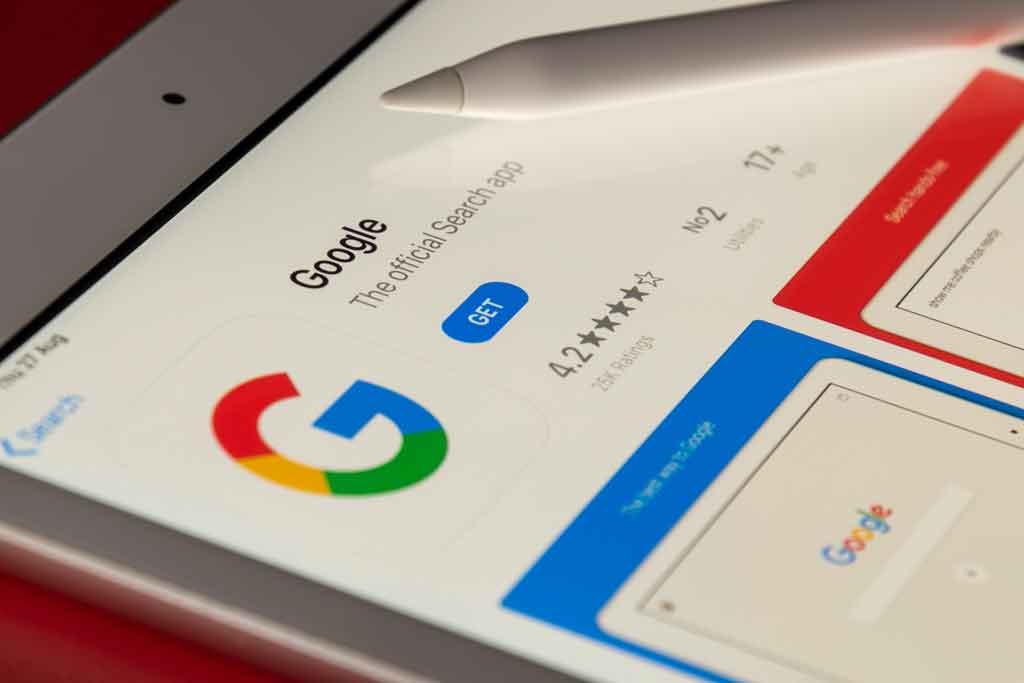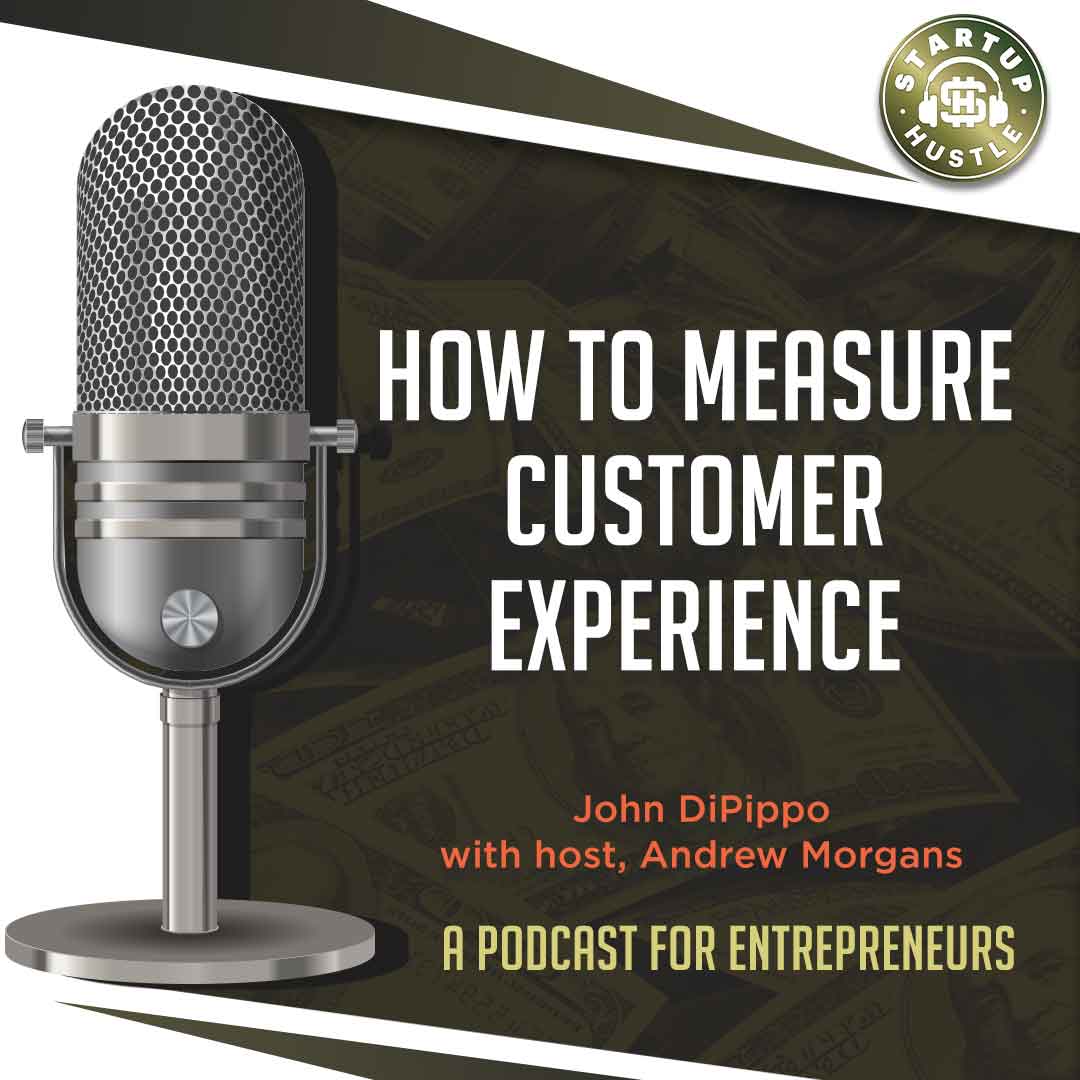April 2022

LoyaltyLoop and ePS Announce Product Integration
Earlier this month, LoyaltyLoop and eProductivity Software (ePS) announced the availability of the new LoyaltyLoop PrintSmith Vision Integration Add-On. This Add-On provides a new level of simplicity for LoyaltyLoop users running PrintSmith Vision software. When using this Add-On, PrintSmith Vision customer contact info will flow automatically to your LoyaltyLoop account when you add a delivery date to your PSV Invoice.
First-Party vs. Third-Party Reviews
Getting reviews is a cost-effective form of organic promotion, and enlisting your most loyal customers to work as your own brand ambassadors promoting your services can save money on your bottom line. An increase in revenue can be often attributed to an increase in 5-star reviews. But what is the difference between first- and third-party reviews anyway?

The Importance of Google Reviews: Part 7 - Online Review Management | Replying, How, When
In the world of politics, oftentimes, perception is reality. The world of Google reviews is very similar. Whether you're receiving positive or negative reviews - it's important to listen and respond, acknowledging that customer and their feedback. They took the time to provide you feedback, now it's your chance to let them know you're listening.

The Importance of Google Reviews: Part 8 - How to position your business to get Google reviews
First things first, getting your business setup on Google is a step in the right direction toward building your online presence and generating valuable customer feedback. Learn how to claim your Google Business Profile, complete it, encourage customers to post reviews, and use a reputable review management service.

How To Measure Customer Experience - Startup Hustle Podcast
Our CEO, John DiPippo, was interviewed recently on the popular live podcast series the Startup Hustle. Andrew Morgans, the CEO of Marknology, interviews John to discuss business and how to measure customer experience, among other topics. If you'd like to learn more about the customer experience, give it a listen.

LoyaltyLoop Recognizes Leaders in Customer Loyalty for the Print and Sign Industries for Q1, 2022
LoyaltyLoop released their Print and Sign industry segment Loyalty Leadership awards for the quarter ending March 31, 2022. The awards recognize businesses in North America that attain the highest Net Promoter Score for their industry segment during the quarter. Congratulations to the owners and their teams for achieving a top Net Promoter Score.